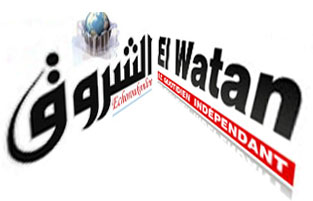Bilingual Education
The Guarani is constituted as at present the most valuable component of Bilingual Education, implemented by the Ministry of Education of our country through the educational reform initiated in 1994. To interpret more accurately the importance of bilingual education in education and particularly the incorporation of the Guarani, we raise the following issues: Are there any grammatical differences between our two official languages?, and yes they exist, what are positive or negative impact on teaching and particularly in the self-esteem and intellectual competence students? . 1.2. Taking into account the hypothesis of the problem, we can infer that our objectives will demonstrate the most notable differences between the Guarani and the Castilian, and its direct impact on the education of students who currently attend schools in Paraguay and participate in educational reform through bilingual education. As the aspects mentioned facts to show, they thus pose hypotheses: Hypothesis 1: If we compare and contrast different aspects of phonology, morphology and syntax Guarani with those of the Castilian tongue, then deducted several grammatical differences between both languages, and Hypothesis 2: If teachers in educational reform understand the grammatical differences between the Guarani and the Castilian phonological, morphological and syntactic, then implement bilingual education with relevance, a fact that will affect the intellectual competence and self-esteem of students. 1.4. The research methodology we developed through the following methodology. The hypothesis of a preference is to use the techniques of literature review, observation, experiment, and the contrast, in other words, we take a specific act of the Guarani to contrast with the corresponding Castilian and vice versa, for that purpose going-to-first analysis and then to synthesis. By the same author: Gary Carter.
